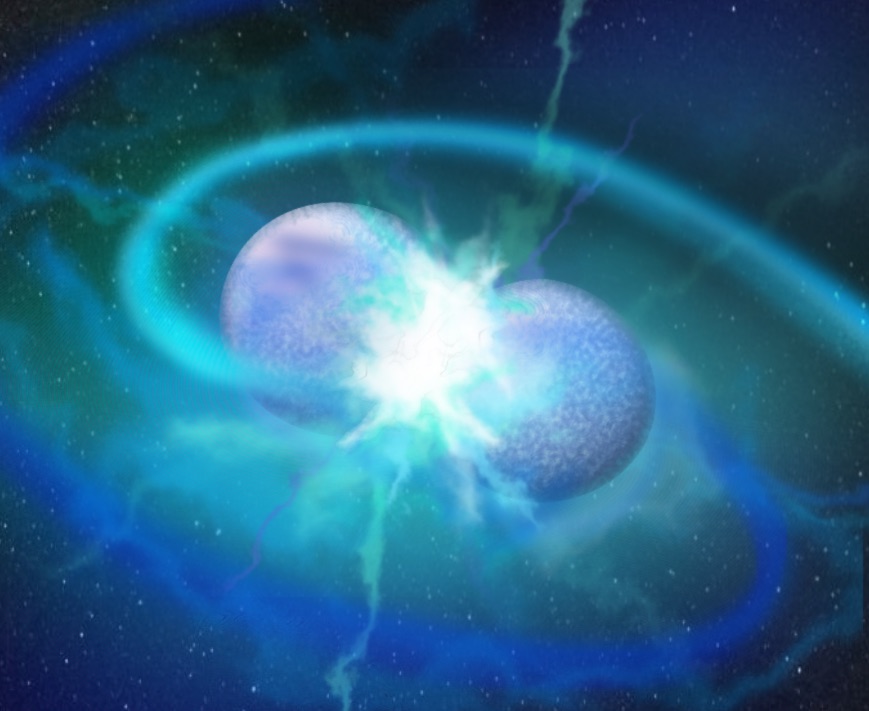Shrouded in ash: New type of star discovered
Most stars follow the main sequence of the Hertzsprung-Russell diagram in their life cycle. This is because they fuse certain elements in each part of their life, starting with hydrogen, followed by helium. Only particularly large or small stars deviate from this, or binaries that, for example, get fresh material from their neighbors despite their small size. But there are deviations from the rule, and lots of them. A team of German astronomers led by Klaus Werner of the University of Tübingen has discovered another exception.
To do so, the researchers took a closer look at the light from white dwarfs PG1654+322 and PG1528+025. They found that these two stars have much more distinctive lines, typical of oxygen and carbon, than other white dwarfs. From this the astronomers could calculate that the mass fraction of these two elements must be about 20 percent. In contrast, a maximum of three percent would be expected. Other white dwarfs have a surface of hydrogen and helium. In contrast, the surface of the stars studied by Werner and his colleagues is covered with carbon and oxygen, the ash of helium burning – an exotic composition for such a star. The situation becomes even more puzzling because the new stars have temperatures and radii that suggest they are still burning helium in their cores. Thus, it would have to be a new type of white dwarf.
In parallel with the work of Professor Werner and his team, a group of astronomers from the University of La Plata and the Max Planck Institute for Astrophysics has published a second paper that provides a possible explanation for the formation of these stars. “We believe that the stars discovered by our German colleagues may have been formed by a very rare type of stellar merger between two white dwarfs,” said Dr. Miller Bertolami of the Institute of Astrophysics in La Plata, lead author of the second paper. White dwarfs are the remnants of larger stars that have exhausted their nuclear fuel. They are usually very small and dense.
Star mergers are known to occur between white dwarfs in close binary systems because their orbits are reduced by the emission of gravitational waves. Normally, however, white dwarf mergers “don’t lead to the formation of carbon- and oxygen-rich stars,” Miller Bertolami explains, “but we think it could happen in binary systems with very specific masses.” Dabri would need the system to consist of a white dwarf with a helium core and a second, lighter dwarf with a carbon-oxygen core. Under the influence of the heavier dwarf, the lighter one would be destroyed, allowing its material to accumulate on the surface of the heavier one.
However, the researchers do not yet have a complete explanation. For that, the team first needs more refined models to assess whether the proposed mergers can actually take place. “Normally, we expect stars with this surface composition to have already completed helium burning in their cores and be on their way to becoming white dwarfs. These new stars are a major challenge to our understanding of stellar evolution,” Werner explains.
